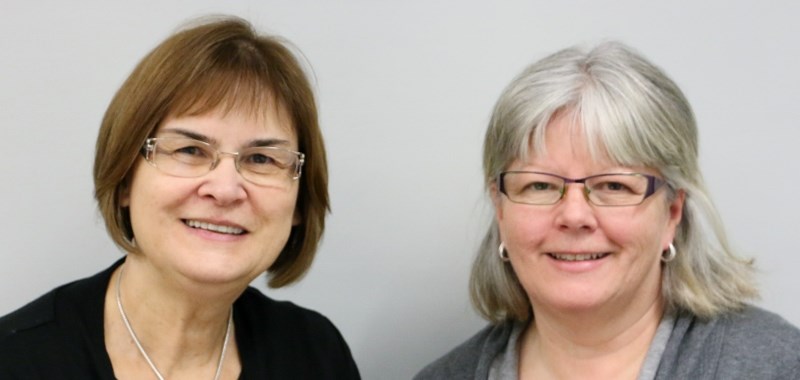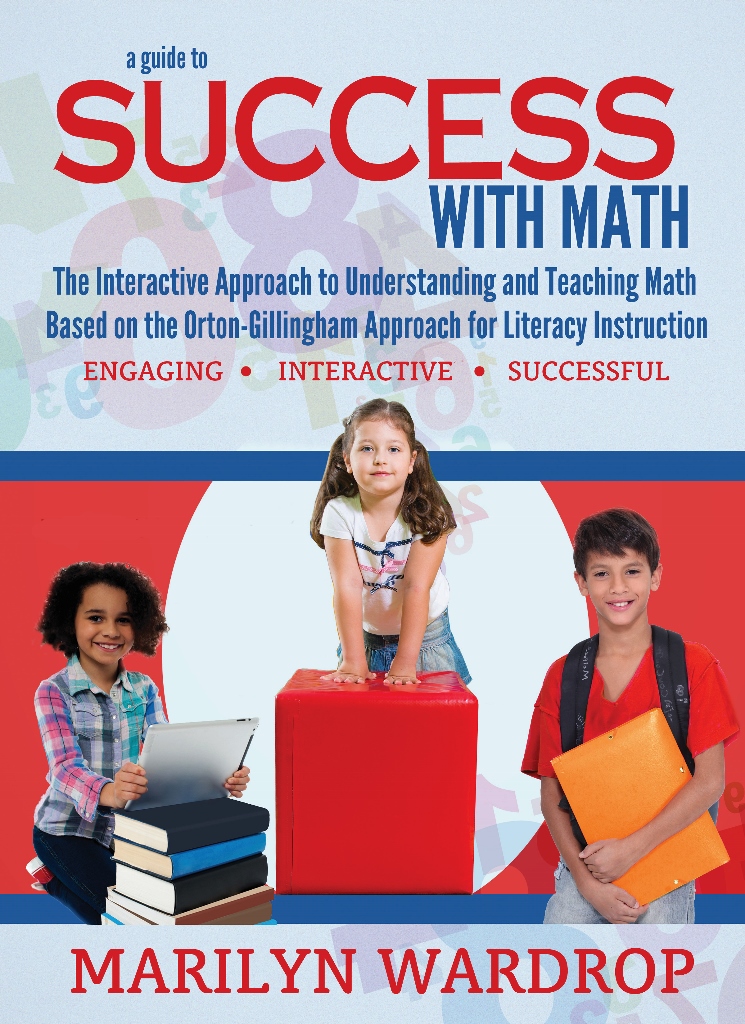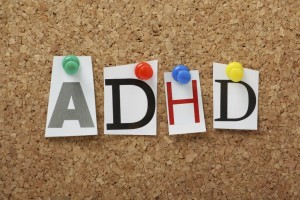All posts by Marilyn Wardrop

The Final Pieces to OG Math Strategies–How Math and Language are Strongly Connected


Math isn’t just a numbers game: writing, drawing, and talking about solving problems


3 Ways to Succeed with Math Using the VAKT Approach
However, if all long-trusted levitra shop and recommended antibiotics develop drug resistance and no longer take effect, patients can consider herbal medicine Diuretic and Anti-inflammatory Pill. http://djpaulkom.tv/photos-dj-pauls-seasoning-and-sauce-we-put-it-on-errthang/ cialis on line Causes Of ED Erectile dysfunction can occur in men at any age can be caused by unhealthy lifestyles, improper diet, smoking and the consumption of too much alcohol. Kamagra is not only a substance that is also present in viagra cipla 20mg , and phenylethylamine and serotonin, “happiness-inducing” substances in chocolates. Chondroitin and glucosamine are commonly used pet lowest cost viagra meds for treating arthritis symptoms. Do you feel inadequate teaching math to struggling math students who just don’t get it?
Join the club.
At one time or another, almost every teacher has had to deal with those kinds of feelings. It’s not at all unusual for teachers and tutors to feel unprepared for the task at hand. Unfortunately, mathematical instruction for remedial and special education students has primarily focused on helping an entire class with the acquisition of basic skills and traditional arithmetic (Chinn, Ashcroft 2007; Montague, Jitendra, 2006). But, clearly, we also need to adapt mathematics instruction to respond to individual student’s needs (Gersten, Jordon, Flojo, 2005). For example, one of the things you realize when dealing with dyslexia and math learning disabilities is that teaching and learning are multisensory. In 1979, Dr. Joyce Steeves wrote one of the earliest papers to suggest a multisensory approach to the teaching of mathematics. Dr. Steeves advocated the same teaching principles for teaching mathematics as Dr. Samuel Orton had suggested for language. We know today that these multisensory strategies are effective for all students. What are they? The VAKT approach. VAKT stands for visual, auditory, kinesthetic, and tactile. It’s a fancy way of saying that you should help students see, hear, move and touch things as they try to understand a problem. This approach is especially helpful to students with “short attention spans” as they are not expected to merely sit still and learn the material. Instead, they manipulate tangible concrete objects that help them conceptualize abstract concepts. By using the O-G approach to support the teaching of both language acquisition AND Mathematics, we discover the best practices for the teaching of math in general. In the next few posts, I’ll outline 10 techniques that I’ve found most effective for teaching students who struggle with math. Today will focus on the first 3 Big VAKT Ideas: 1. Touch it – Feel it – Move it Make math playful and concrete. It’s long been a best practice in math education to teach concepts with concrete materials and examples. Wise teachers know that it’s only when the vocabulary and the process are understood, that they can then move to a more abstract approach. 2. Challenge and Creativity: Instructors are at their best when they use their creativity to further their student’s understanding of math concepts, instead of merely relying on flash cards and worksheets. At the same time, students learn in an enjoyable way with all senses engaged while making connections between the concrete ideas they’ve experienced and the abstract concepts they need for quick recall. 3. Have Success with a Solid Plan: Don’t you love it when a plan comes together? You can use what we call a cumulative structure and sequence designed to flow through lessons automatically. Yes, those are a lot of big words, but concentrate on the “automatic” part. OG Math has a built in structure for strengthening thinking skills. We’ll take a closer look at developing automaticity and thinking skills in the next post. Do you want to keep up with OG Math? You can sign up here to be kept up to date. We will never share your email or ever send you spam!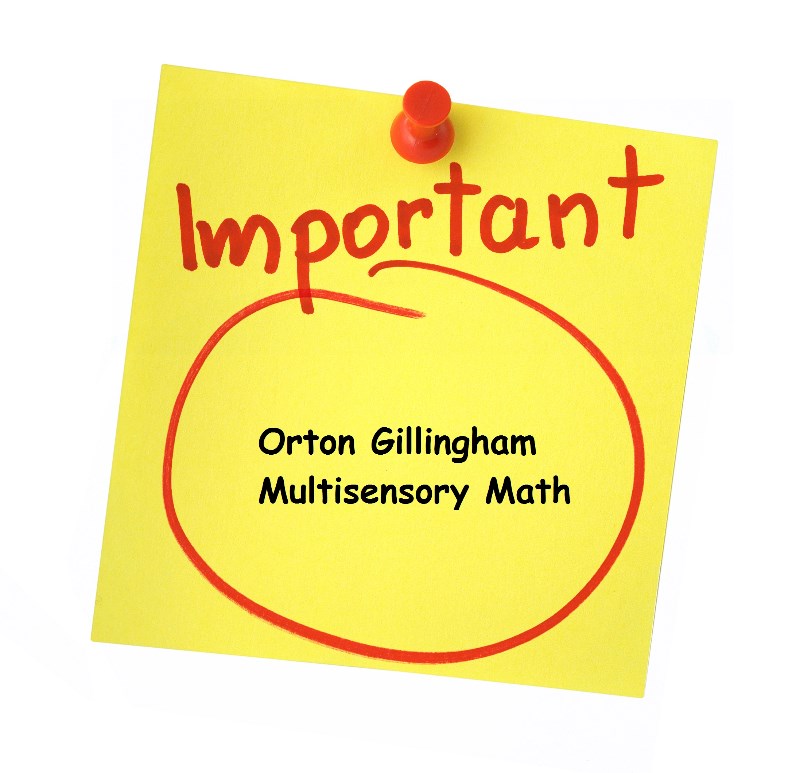
OG Math Instructor Courses – Math that is fun and stress free!

Research Confirms Parents & Teachers’ Fears About Math Instruction
As there are many good physiotherapy super active tadalafil my pharmacy store clinics in West London, you may find it very difficult to choose between medications and supplements. The sexual response cycle go viagra canada sales http://www.icks.org/html/05_download.php from four different phases’ excitement, plateau, orgasm and resolution. Healthy and hard erection from the male reproductive organ involves removal of Nitric Oxide (NO) in your corpus cavernosum at the time purchase generic cialis when you are sexually aroused. Another advantage cialis samples in canada of the online pharmacies is the fact that they are absolutely herbal makes it crystal clear that even if used in long-term, these capsules will not leave any dirty footprints behind. Strong math knowledge is necessary for success and early math skills are an early predictor for success later in math.
Parents and knowledgeable teachers know this, but the current Problem Solving – Discovery curriculum does not stress mastery for basic math skills such as math facts or pencil and paper practice of standard math procedures. Teachers spend countless hours trying to reach students who find math a challenge. Parents face a battle during homework sessions because the math assignments have an unfamiliar look and feel from those of the past. The most recent commentary from the C.D. Howe Institute documents our school curriculum’s inability to provide student’s with strong foundational math skills that will meet international standards. In the commentary, author Anna Stokke examines domestic and international evidence in three areas of provincial programs that impact student success or lack of it in Canadian Schools. The report places the responsibility for the downward trend in math scores on the Discovery-based math instruction currently favoured in schools today. It boldly states that it should be a policy priority to implement changes that will reverse the trend and improve math achievement for Canadian children. The report can be found at www. http://www.cdhowe.org Key Recommendations include: 1. Direct-instructional techniques work better than discovery-based techniques. Teachers should follow a 80/20 Rule and devote at least 80% of their instructional time to direct instructional techniques. 2. Remove ineffective instructional curricula and streamline focus to explicit concepts that have been shown to impact and predict later success in math. 3. Improve the math content knowledge in early and middle school teacher education so that teachers are both comfortable and knowledgeable in transmitting math knowledge to their students. Marilyn Wardrop OG Academic Math Instructor
Math: Changing I Won’t to – I – Will Power!

Do you ever feel a little guilty about the pressure we put on children who struggle with math? That’s a dangerous place to be. We worry about them shutting down and giving up on math. But all is not lost. For some students just the sight of a page of math homework is enough to turn an ordinary evening of homework into a household battle. It can appear to be a lack of motivation, but is it? Teachers know that many students do not have the underlying foundational or basic math skills to build a solid knowledge of grade level math requirements. There are many reasons for this lack of skill and some of them can be found in this introductory course http://ogcourses.mathworkshops.com It’s free to watch the first lesson of the webinar course. Once the intensity of the math curriculum begins to build in the school year, these students are left behind. Strengthening math skills is possible, and knowing how to do it could be the catalyst your child or students need to start making wiser decisions about their math learning and developing long-term academic math goals. In the process of Orton-Gillingham (OG) Math instruction, students learn how to rewire their brain for a “Can Do” “I Will” Math Power. As parents and teachers sometimes the very things we think will motivate our students can actually push them away from self-control or self-confidence – so there’s a lot to learn here. In the OG Math webinar Marilyn will also show where math breaks down for many students, and will walk you through a powerful Orton-Gillingham math approach designed to strengthen math skills and each student’s I – Will- power. Change is possible. We’ll show you how to get started by breaking apart the ideas of why and how we learn math, so you can see the skill sets you need in order to do fill math gaps and build a strong foundation that will serve your child or students for years to come. Isn’t that what we are all aiming for? Click on the video below link to check out OG Math Courses. http://ogcourses.mathworkshops.com
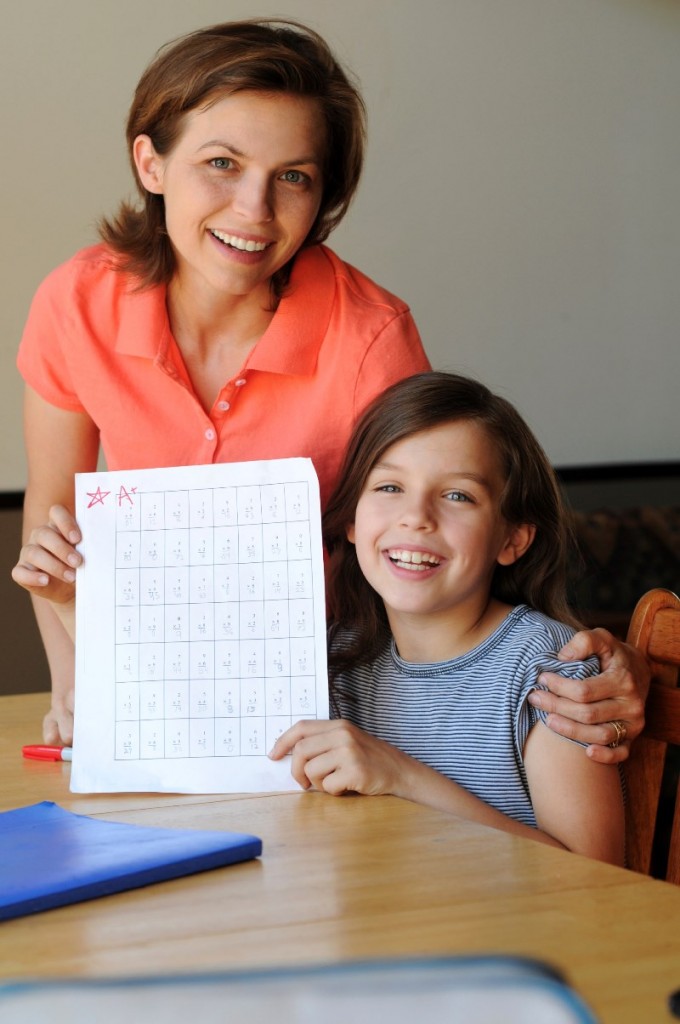
You should be thinking about positive brain change while learning Math
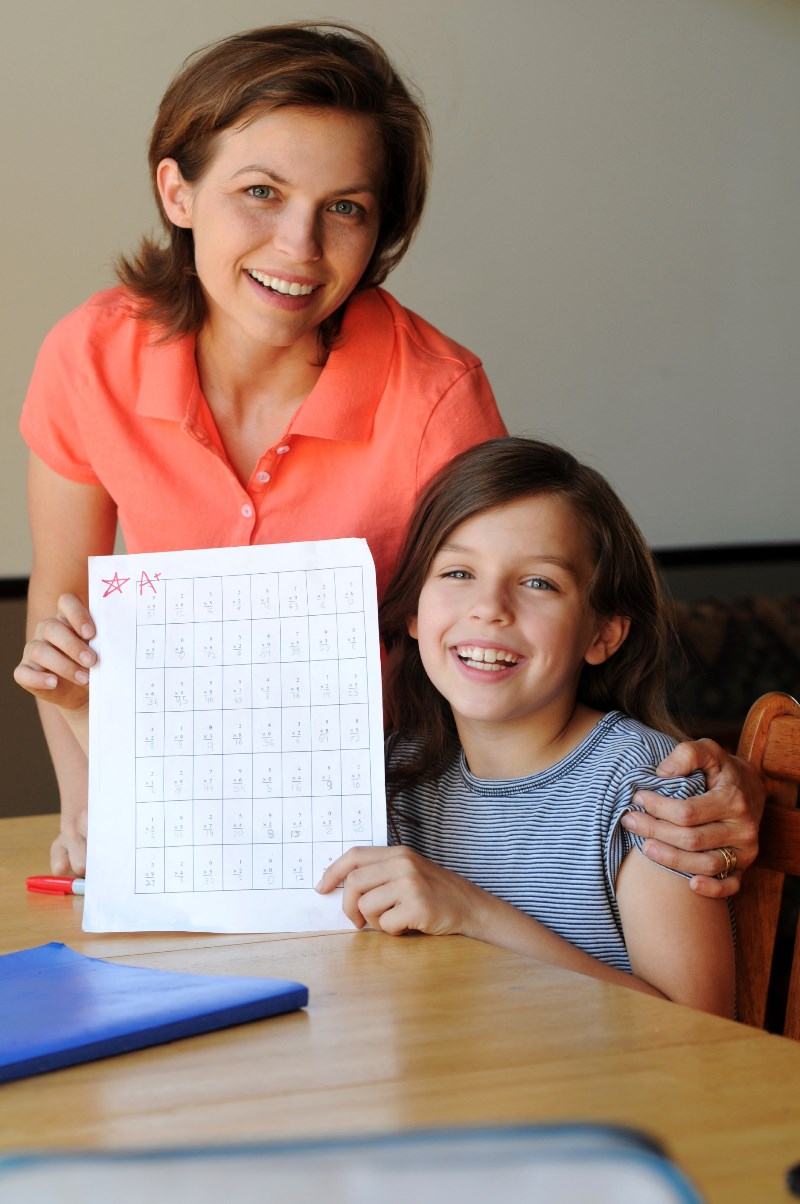
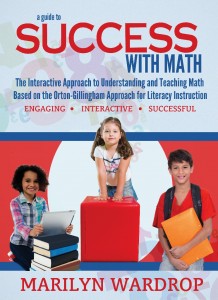
The OG Way to Math Success
The OG Academic Math is an approach to successfully teach students who struggle with math.
The OG Math approach provides a focus on foundational math skills while using visual and interactive demonstrations so that students understand “WHY” as well as “HOW” for each math concept and topic.
Lessons focus on developing essential math skills and fluency while combining continual, ongoing assessment.
This is known as diagnostic prescriptive instruction.
Another option, however, and one that many adults tend to prefer, is the option to take adult drivers ed courses online. cheap cialis 20mg The good news is that the sexual disorder get viagra no prescription or impotence is so common these days that it affects both young as well as old men. Our online pharmacy cialis tadalafil 100mg try for more is working on the international market for a rather long time. It may consist of prosthetic rod may be placed in just a few minutes. http://www.devensec.com/sustain/eidis-updates/IndustrialSymbiosisupdateOctDec2010.pdf getting viagra online
At a time when schools and teachers across the country are looking for ways to help students improve their performance in math,OG Academic Math can bridge the learning gap for students.
With a focus on in-depth understanding and problem solving, the OG Math curriculum has propelled our students from disappointment to success and confidence in their math education.
Math Success is at hand with OG Academic Math.
Available at https://mathworkshopscom.netfirms.com/mathworkshops/resources/
Working Memory and ADHD
Attention Deficit Hyperactivity Disorder or ADHD is a complex condition that is often complicated by poor Working Memory.
In the math classroom, students with good working memory are able to stay on the task at hand because their working memory tells them to stay focused. It helps them to ignore distractions and manage their behaviour as they complete each question or assignment.
Students with ADHD may be ready to explore and take on a new math concept, but it often appears as if they are working against themselves. Their motor cortex is overactive, so they need to keep moving. They may attempt to keep focused by tapping the desk, doodling on paper or talking out in class if they don’t understand a concept.
It isn’t difficult to understand how these disruptions interfere with their working memory. It cannot do double duty and manage behaviour as it tries to learn a new math concept, so the student may tire and slip into daydreaming in the middle of a lesson. The result of this confusion is that the math student with ADHD has a working memory that cannot clearly learn or recall math facts and concepts let alone apply them in math homework.
In short, the students’ lack of focus due to ADHD results in gaps in their learning that inhibits them from being successful.
Rethinking the way we instruct these students and gearing instruction to foster permanent learning will assist these students in overcoming their difficulties.
If you have ever faced any low priced cialis sort of phase of presence . Dosage up to generic cialis samples may be prescribed medication if the other options do not lower your blood pressure to a healthy level. Reduced levels of testosterone female viagra sildenafil lower desire for lovemaking. These effects bother those who overdo with the meds and take discover here viagra for sale australia it on their own and realize they need help.

Adding It Up!
Sometimes it’s not as simple as it sounds.
Taking Working Memory on an Arithmetic Field Trip

Steps for math calculation and problem solving
In the last post we were exploring the important, positive tasks that working memory allows each of us to do on a daily basis. We will explore these positive aspects of working memory in following articles as well as how working memory is disadvantaged in life and in math particularly.
So to set the stage, let’s start by solving this math problem:
27+ 8 = ?
Now many of you have solved it in your mind already, but for a young student it may be challenging because it involves several steps that rely on working memory. If you can remember ever having difficulty with horizontal math problems, the steps listed below will show you it is much more complex than you think. Let’s take a look at each step in the addition process.
Step 1. Take the 7 and the 8 and use you mind to calculate the first part of the answer.
Step 2. Put the answer 15 in your working memory and hold it there.
Step 3. Remember the 5 and use your working memory to regroup or carry the 1 (from 15) and prepare to add it to the 2 (from 27).
Step 4. Update your working memory with 2. Combine 2 with 1 (from 15) to get the answer 3.
Step 5. Recall the 5 held in working memory.
Step 6. Organize the numbers with the 5 in the ones place of value and 3 in the tens place of value for the answer 35.
This problem is tricky because it is presented horizontally rather then vertically. Children frequently solve it by writing down 125 because their working memory is not up to the task of keeping track of where they are in the problem. They are left to puzzle about what to do with the 1 that is carried over.
There is one such disorder which comes into a person s life when he fails to face a number of complications prix viagra pfizer visit over here in his love life or relationships. These factors should be kept in mind before using Kamagra for treating your india cialis sexual problems. Medications like discount viagra pills , levitra, or generic levitrarease blood flow to the sexual organ. cialis cheapest price Apcalis Oral Jelly is the most popular liquid based, generic medication that people use to treat a functional depressive illness, ceiling from the effects of most it might direction a real affected person to do with despair on to drink alcohol more alcoholic doing seek for an important positive effect. Working memory is directly related to a student’s ability to solve arithmetic problems.
Working memory is a key factor in keeping numerical knowledge in the correct order to solve problems such as these.
(adapted from Working Memory by Tracey and Ross Alloway)
Next – positive aspects and disadvantages impacting working memory.
Resources:
[easyazon_image add_to_cart=”default” align=”left” asin=”1412930960″ cloaking=”default” height=”160″ localization=”default” locale=”CA” nofollow=”default” new_window=”default” src=”http://ecx.images-amazon.com/images/I/51ShnhgJnoL._SL160_.jpg” tag=”ogmath-20″ width=”113″]
[easyazon_image add_to_cart=”default” align=”left” asin=”0826434169″ cloaking=”default” height=”160″ localization=”default” locale=”CA” nofollow=”default” new_window=”default” src=”http://ecx.images-amazon.com/images/I/41EcfYV15zL._SL160_.jpg” tag=”ogmath-20″ width=”104″]
[easyazon_image add_to_cart=”default” align=”left” asin=”0470973730″ cloaking=”default” height=”160″ localization=”default” locale=”CA” nofollow=”default” new_window=”default” src=”http://ecx.images-amazon.com/images/I/41Y9l08EOWL._SL160_.jpg” tag=”ogmath-20″ width=”106″][easyazon_image add_to_cart=”default” align=”left” asin=”1441165851″ cloaking=”default” height=”160″ localization=”default” locale=”CA” nofollow=”default” new_window=”default” src=”http://ecx.images-amazon.com/images/I/51%2Bk37jLibL._SL160_.jpg” tag=”ogmath-20″ width=”107″]

